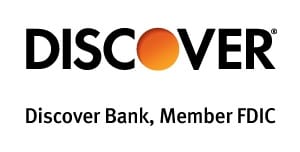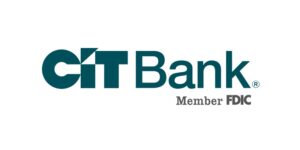 No matter what financial level you are at this stage in life, there’s definitely a CD designed for you. One CD might allow you to earn hundreds of dollars in interest. However, on the other hand, certain CDs would only give you a dollar in interest.
No matter what financial level you are at this stage in life, there’s definitely a CD designed for you. One CD might allow you to earn hundreds of dollars in interest. However, on the other hand, certain CDs would only give you a dollar in interest.
To learn more about all the different types of CDs, definitely continue reading below!
What is a High-Yield CD?
Typically, a high-yield CD offers some of the highest interest rates available from financial institutions. The high rate depends on the time, since banks and credit unions may adjust their rates when the Federal Reserve changes its rate.
Once you open a CD, you are guaranteed that rate for a set amount of time or term. Typically, terms vary from 3 months to 5 years. These CDs, like regular CDs, are federally insured up to $250,000 per account holder.
Common Features of a High-Yield CD
They’re mainly available online. High-Yield CDs are typically available at online bank and credit unions. The reason why normal online banks and credit unions typically don’t offer higher rates is in part contributed to the fact that they don’t pay the costs to maintain branches or branded ATMs.
They have high-interest rates. There is no minimum deposit, however, if you are looking at a CD rate that is far above 1% annual percentage yield (APY), it is safe to say that it’s probably a high-yield CD. APY, as mentioned above, is the interest rate that factors in compounding.
They require low opening deposits. The minimum deposit of a high-yield is typically at or below $5,000. However, note that some might not even require a deposit. Comparatively, Jumbo CDs differ in that you will need at least $100,000 without offering better rates than high-yield CDs.
Regular vs. High-Yield CDs
Online banks that offer CDs can have yields that are much greater than the national average.
Generally the longer the CD term, the higher the rate tends to be, but that isn’t always the case. A bank may focus on attractive rates in the short-term instead of long-term CDs.
Here is a look at the national average CD rates compared with a few online banks’ rates.
| CD term | National Average | 3 online banks APY Rate |
| 1-year CD | 0.48% | 2.05%, 1.50%, 1.85% |
| 3-year CD | 0.74% | 2.1%, 1.55%, 1.95% |
| 5-year CD | 0.94% | 2.15%, 1.65%, 2% |
*Banks: Marcus by Goldman Sachs, Citizens Access and TIAA Bank
High-Yield CD vs. High-Yield Savings
Typically, CDs offer industry-leading rates because they have fixed terms. However, high-yield savings generally offer lower rates in comparison. Similarly, regular savings accounts generally have lower yields than regular CD rates.
You aren’t allowed to make any withdrawals until the term expires. If you withdraw before the term ends, you will usually have to pay an early withdrawal fee.
You are allowed to withdraw around six times a month with a savings account. However, this limit can vary depending on how you withdraw. Although online transfers factor into this limit, ATM withdrawals don’t count.
Recommended CD Accounts
 • Get started and open a Discover® CD in 3 easy steps. • Available nationwide online • Discover offers CDs with some of the highest and most competitive rates! • Select terms as short as 3 months up to 120 months • Rates ranging from 2.00% APY up to 4.05% APY. • Opening a Discover Bank Certificate of Deposit is extremely quick and easy. • Funds on deposit are FDIC-insured up to the maximum allowed by law. |
 |
 |
Conclusion
While there are a variety of CDs for you to take advantage of, none offers a higher rate than a high-yield CD. However, before opening your CD, determine what term length and deposit amount would cater to your financial needs the best.
Typically speaking, the longer and more you put down, the higher the rate you get.
Additionally, you might benefit from comparing different types of CD rates from both your local financial institutions and credit unions for better rates.



